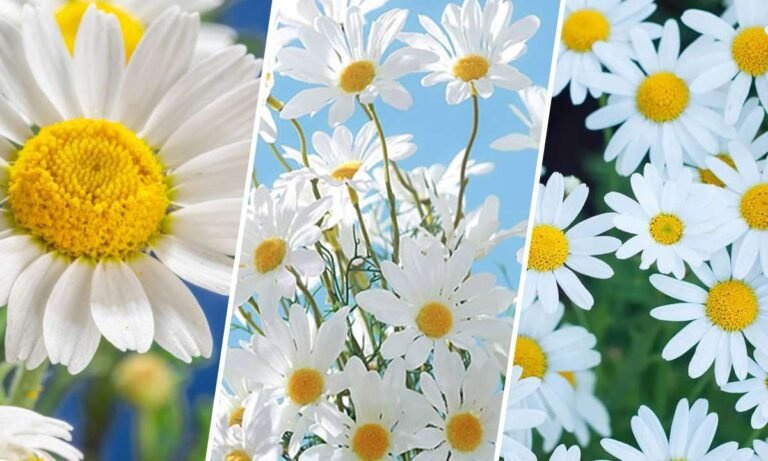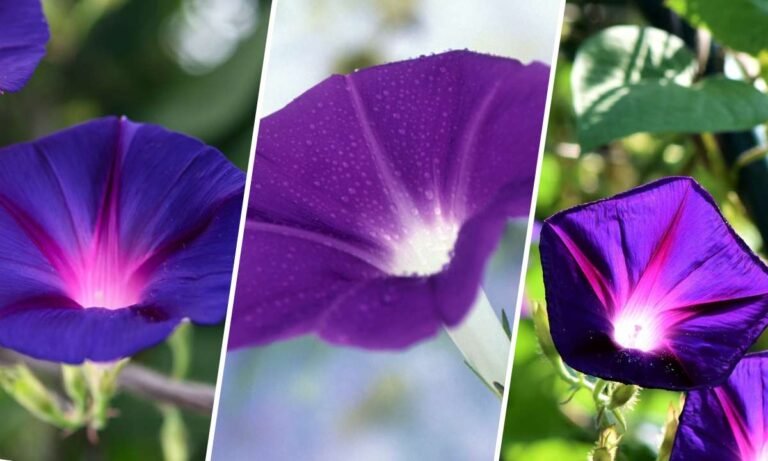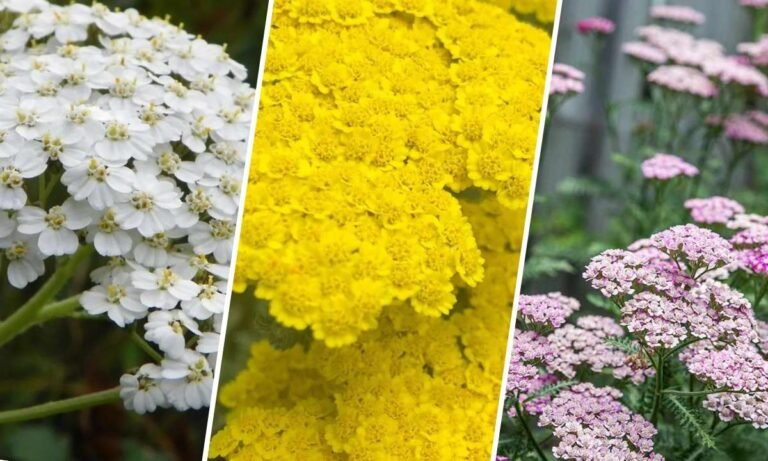The blue star flower, scientifically known as Amsonia, captures attention with its delicate blue petals and lush green leaves. Originating from North America, this perennial plant is not only beautiful but also rich in symbolic meaning and historical significance. In this guide, we’ll explore the various meanings of the bluestar flower, its cultural importance, and how you can use it in your garden.
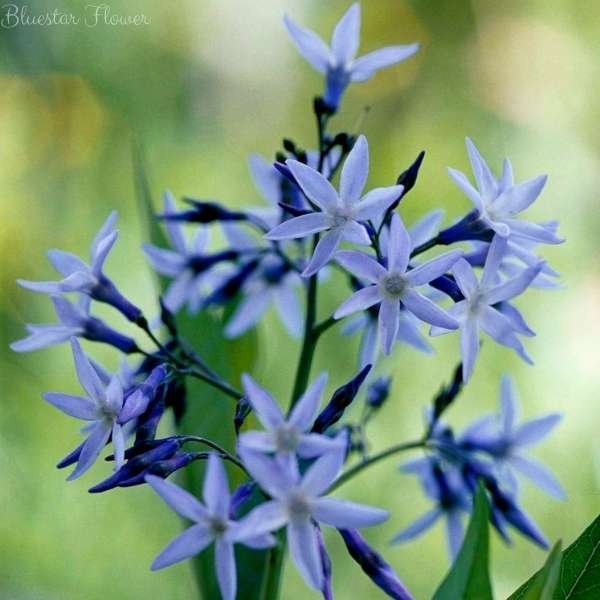
Historical Background of the Blue Star Flower
The blue star flower was discovered in the early 19th century and quickly became popular due to its unique color and resilience. Named after the American botanist Charles Amson, this plant has intrigued horticulturists and garden enthusiasts for years. Its ability to thrive in different soil conditions and climates makes it a versatile addition to gardens worldwide.
Symbolism and Meanings of the Blue Star Flower
Tranquility and Calmness:
The blue star flower symbolizes tranquility. Its serene blue petals evoke a sense of calm and peace, making it ideal for meditation gardens or relaxation spaces. In many cultures, blue flowers represent serenity, and the bluestar flower is a perfect example of this.
Resilience and Strength:
Despite its delicate look, the bluestar flower is remarkably tough. It can endure harsh conditions and still bloom beautifully, symbolizing strength and resilience. It reminds us that even in challenging times, beauty and growth are possible.
Hope and Inspiration:
The star-shaped blossoms of the bluestar flower symbolize hope. Their ability to bloom in less-than-ideal conditions inspires us to persevere and stay hopeful, even when times are tough. This symbolism is especially meaningful for those who need a reminder of better times ahead.
Cultural Significance of the Blue Star Flower
Native American Traditions:
In Native American culture, the bluestar flower holds special significance. It is used in rituals and ceremonies for protection and healing. The plant’s medicinal properties were also recognized, and it was used to treat various ailments.
Eastern Symbolism:
In some Eastern traditions, blue flowers symbolize peace and stability. The blue star flower, with its radiant blue petals, fits this symbolism perfectly, representing harmony and balance in life.
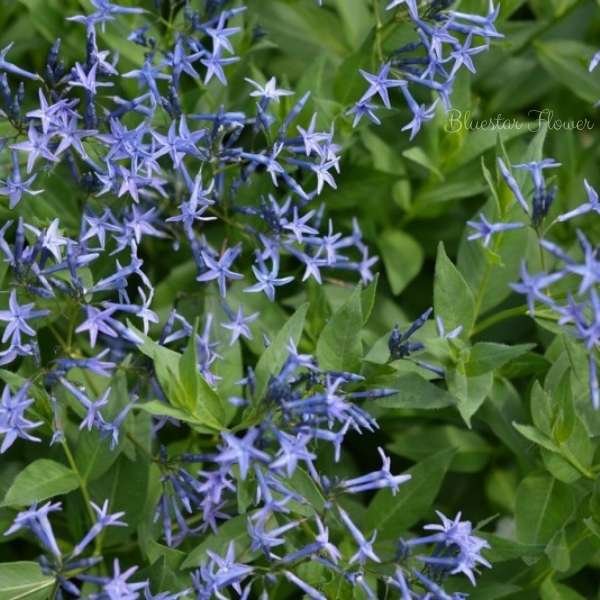
Gardening with Bluestar Flowers
Planting and Care:
The blue star flower is easy to grow, making it a favorite among gardeners. Here are some tips for planting and caring for this beautiful plant:
- Soil Requirements: Bluestar flowers thrive in well-drained soil. They can tolerate a range of soil types, from sandy to clay, but prefer slightly acidic to neutral pH.
- Sunlight: These flowers do best in full sun to partial shade. Ensure they get at least 6 hours of sunlight daily for optimal blooming.
- Watering: While bluestar flowers are drought-tolerant once established, they need regular watering during their initial growth period. Water deeply but infrequently to encourage deep root growth.
- Fertilization: A light application of balanced fertilizer in the spring can help promote vigorous growth and abundant blooms.
Landscape Uses:
Bluestar flowers are incredibly versatile in the landscape. Their blue blossoms provide a striking contrast to the green foliage of other plants, making them a standout feature in any garden. Here are some ideas for using bluestar flowers in your landscape design:
- Borders and Edging: Plant bluestar flowers along the edges of garden beds or pathways to create a beautiful, natural border.
- Wildflower Gardens: Their native origin makes bluestar flowers an excellent addition to wildflower gardens, where they can attract pollinators and support local ecosystems.
- Mass Plantings: For a dramatic effect, plant bluestar flowers in large groups. Their blue blooms create a stunning visual impact when massed together.
Medicinal Uses of the Blue Star Flower
Historically, the bluestar flower was used in various medicinal applications. Native Americans used parts of the plant to treat a range of ailments. While modern medicine does not widely recognize these uses, the historical context adds depth to the flower’s significance.
Traditional Remedies:
- Pain Relief: The roots were often brewed into teas to alleviate pain and reduce inflammation.
- Digestive Health: Bluestar flower extracts were used to treat digestive issues and promote gut health.
- Skin Conditions: Poultices made from the plant were applied to the skin to treat wounds and infections.
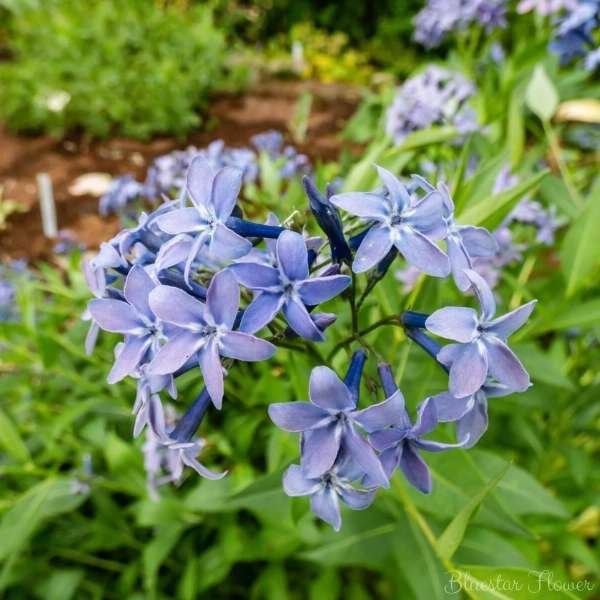
Conclusion
The blue star flower is much more than a pretty plant. Its rich history, diverse symbolism, and practical applications in gardening and traditional medicine make it a flower worth knowing. Whether you’re a seasoned gardener or someone interested in the symbolic meanings of flowers, the blue star flower offers something for everyone.

